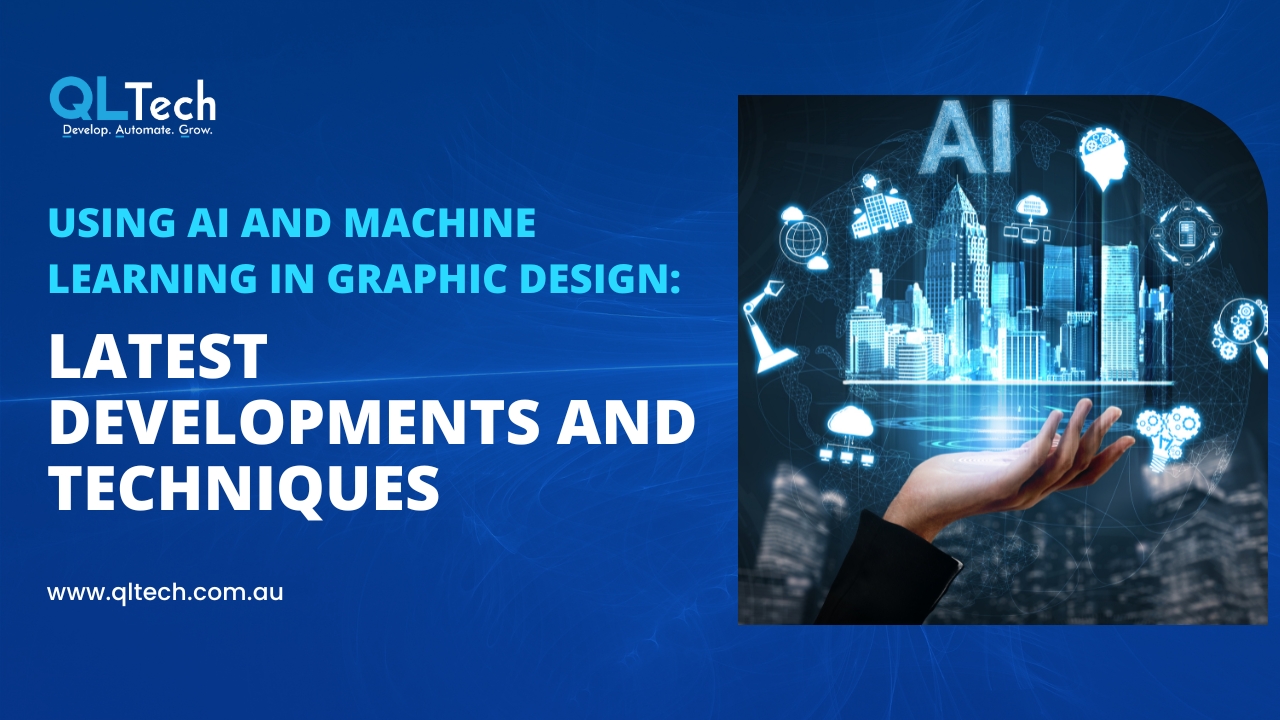The use of artificial intelligence (AI) and machine learning (ML) in graphic design is becoming increasingly prevalent, providing designers with innovative tools to streamline their workflows and create new and exciting designs. In this blog, we will explore the latest developments and techniques in using AI and ML in graphic design.

Generative Adversarial Networks (GANs)
GANs are a type of neural network that can be used to create new and unique designs. GANs work by training two networks – a generator and a discriminator – to work together to create new designs. The generator creates new designs, while the discriminator evaluates the quality of the designs and provides feedback to the generator. Over time, the generator learns to create designs that are more and more realistic.
One of the most significant applications of GANs in graphic design is the creation of photorealistic images. GANs can be trained on a dataset of images, allowing them to create new images that look like they could be real photographs. This technology is particularly useful in fields like architecture and product design, where designers need to create realistic visualisations of their designs.
Style Transfer
Style transfer is another technique that uses AI and ML to create unique designs. Style transfer works by taking the style of one image and applying it to another. This technique can be used to create new and unique designs, or to add a consistent style to a series of images.
One of the most popular applications of style transfer is in creating unique logos and branding materials. By taking the style of an existing logo or brand identity and applying it to a new design, designers can create cohesive branding materials that are instantly recognisable.
Automated Layout
Automated layout tools use AI and ML to create layouts for graphic designs. These tools can analyse the content of a design, such as the text and images, and create a layout that is visually appealing and easy to read.
Automated layout tools are particularly useful in fields like publishing and advertising, where designers need to create layouts for large amounts of content quickly. By using automated layout tools, designers can save time and improve the efficiency of their workflow.
In conclusion, the use of AI and ML in graphic design is providing designers with new and innovative tools to streamline their workflows and create unique and exciting designs. From generative adversarial networks and style transfer to automated layout tools, the possibilities for using AI and ML in graphic design are endless. As these technologies continue to evolve, we can expect to see even more exciting developments in the world of graphic design.